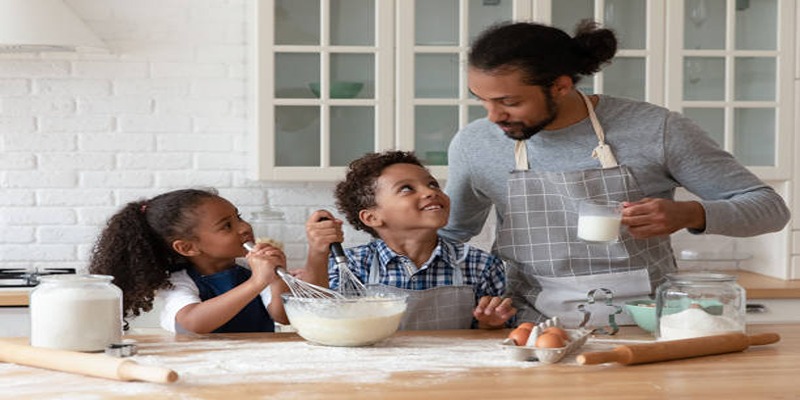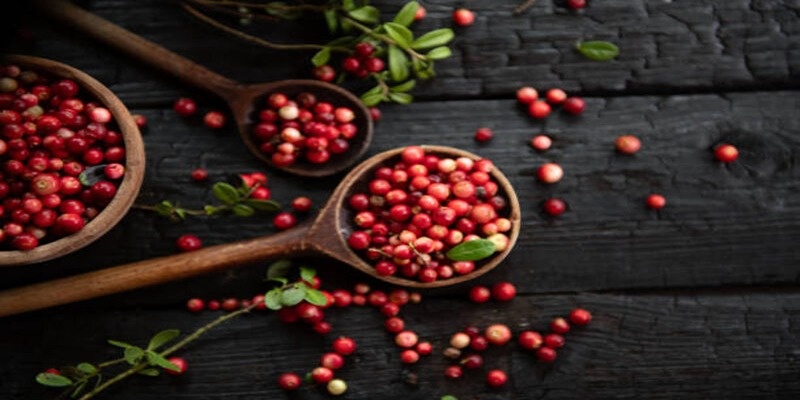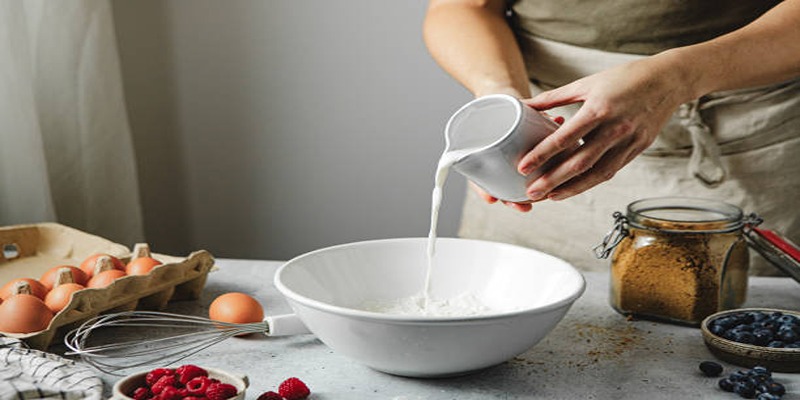Baking is both a science and an art, where each ingredient plays a pivotal role in the final product's texture, flavor, and appearance. Among these ingredients, milk is undeniably essential. It serves multiple functions, from adding moisture and tenderness to activating leavening agents and enhancing flavor. The proteins, fats, and sugars in milk contribute to the structure and color of baked goods, while its liquid content helps create the right consistency in batters and doughs. This comprehensive guide delves into the various roles that milk plays in baking, exploring how it not only improves the quality of your treats but also influences the baking process itself. Whether you're a novice baker or a seasoned pro, understanding the importance of milk can help elevate your culinary creations.
Chemical Composition of Milk
Milk is composed of various nutrients, including proteins, fats, carbohydrates, vitamins, and minerals. However, when it comes to baking, the most crucial components are the proteins and fats found in milk. Proteins make up about 3.5% of milk and play a vital role in creating structure and texture in baked goods. The two main types of proteins found in milk are casein and whey protein.
Casein makes up around 80% of the total protein content in milk. When exposed to heat during the baking process, casein coagulates (or forms clumps) which contribute to the structure of baked goods. Whey protein, on the other hand, makes up about 20% of the total protein content in milk. It has a high water-binding capacity and helps to keep baked goods moist by preventing excessive evaporation during baking.
Fats make up around 3.7% of whole milk and play a critical role in baked goods' flavor and texture. They also act as a tenderizer by coating flour particles, preventing them from developing too much gluten when mixed with liquid ingredients like milk. This results in a softer and more delicate final product.
In addition to proteins and fats, milk also contains lactose, a type of sugar that adds sweetness and aids in the browning process during baking. Lactose also helps to activate yeast in bread dough, promoting proper rising and creating a lovely golden crust.
Functions of Milk in Baking

Milk serves multiple functions in baking, including adding moisture and tenderness, improving texture and structure, enhancing flavor, promoting browning, and activating leavening agents. Let's explore these functions in more detail.
Adding Moisture and Tenderness
The liquid content of milk adds moisture to baked goods, making them moist and tender. Without enough moisture, baked goods can become dry and hard, resulting in an unappetizing final product. Milk is especially crucial for treats like cakes and cupcakes that tend to have a higher ratio of flour to liquid ingredients.
Improving Texture and Structure
As mentioned earlier, the proteins in milk play a crucial role in creating structure and texture in baked goods. The coagulation of casein and denaturation of whey protein during baking contribute to the strength and stability of batters and doughs, allowing them to hold their shape and rise properly.
Enhancing Flavor
Milk contains natural sugars, fats, and amino acids that add depth and richness to the flavor of baked goods. It also helps balance out other flavors like salt or vanilla extract, preventing any one ingredient from overpowering the others.
Promoting Browning
The lactose in milk aids in the Maillard reaction, a chemical process that occurs when sugars and proteins are exposed to high heat. This reaction is responsible for creating the golden-brown crust on baked goods, adding flavor and visual appeal.
Activating Leavening Agents
In baking, leavening agents like yeast or baking powder play a crucial role in making treats rise. Milk contains natural sugars and enzymes that help activate these agents, promoting proper rising and creating light and fluffy baked goods.
Tips for Using Milk in Baking
Now that we understand the essential functions of milk in baking let's explore some tips for using it in your recipes.
- Choose the right type of milk: Whole milk is typically preferred for baking because of its higher fat content, which adds richness and flavor to baked goods. However, you can also use low-fat or non-dairy alternatives like almond milk or soy milk if needed.
- Use room temperature milk: When adding milk to your batter or dough, it's best to use room temperature milk as it will mix more evenly with other ingredients.
- Substitute with powdered milk: In some cases, you can substitute liquid milk with powdered milk by mixing it with water according to package instructions. This is a useful tip when you've run out of liquid milk or want to adjust the consistency of your batter or dough.
- Experiment with different types of milk: Don't be afraid to experiment with different types of milk in your baking. For example, using buttermilk can add a tangy flavor and tender texture to baked goods, while evaporated milk can make them more dense and rich.
Common Baking Recipes Featuring Milk

Milk is a staple ingredient in many baking recipes, from cakes and cookies to bread and pastries. Here are some popular baked treats that feature milk as a key ingredient:
- Vanilla Cupcakes: These classic cupcakes get their moist and tender texture from the addition of milk.
- Chocolate Chip Cookies: Milk adds moisture and tenderness to these iconic cookies, making them soft and chewy.
- Banana Bread: The combination of milk's liquid content and natural sugars helps create the perfect texture for this beloved treat.
- Croissants: Milk plays a crucial role in creating the flaky layers in these delicate and buttery pastries.
- Cinnamon Rolls: The addition of milk to the dough results in a soft and fluffy texture, while also helping to activate the yeast for proper rising.
Conclusion
Milk is a versatile and essential ingredient in baking, playing multiple roles in creating delicious treats. Whether it's adding moisture and tenderness, improving texture and structure, enhancing flavor, promoting browning, or activating leavening agents, milk contributes to the overall success of baked goods. And with so many options available, from whole milk to non-dairy alternatives, there are endless possibilities for incorporating milk into your favorite recipes. So next time you're in the kitchen baking up something sweet, remember the important role that milk plays in making it all come together.







